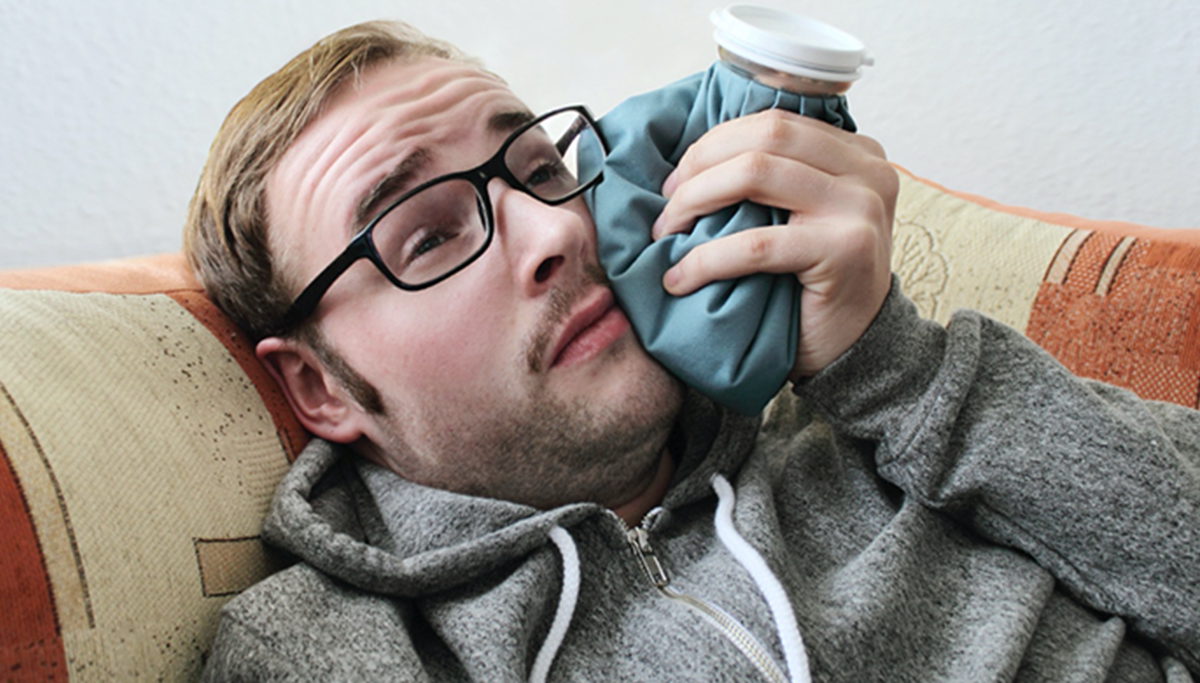Just like other important parts of the body, the mouth is subject to accidents. Sometimes the injury can be as minor as biting your tongue. Other times, the injury is more serious and requires professional care. By educating ourselves on how to handle a dental emergency during COVID-19, we can remain calm and in control. Research shows that, in the face of an emergency, education helps us remain calm. This is how lifeguards and paramedics are able to do their jobs.
Dental emergencies can be just as frightening as medical emergencies. Learn what a dental emergency is and how to handle it during a pandemic. Pain and stress can cause trouble thinking clearly. Educate yourself before you’re in the midst of a dental emergency for the best possible outcome.
Dental Visits During a Pandemic
Most dental offices are open and are taking appointments for routine dental care, such as cleanings and x-rays, but also for all other dental services. Keep in mind that with the added diligence that dental offices must undergo right now to keep you and the office staff safe such as regular office cleanings, and COVID-19 screenings prior to being seen that your dentist is likely not able to see as many patients in a day as in “normal” conditions. Plan for added for added wait time to be seen, so plan accordingly. But if you are experiencing more severe symptoms you should call your dentist to check to see if you can be seen sooner.
The ADA recommends that you contact your dentist at this time if you experience:
- Bleeding that doesn’t stop
- Painful swelling in or around your mouth
- Pain in a tooth, teeth, or jawbone
- Gum infection with pain or swelling
- After surgery treatment (dressing change, stitch removal)
- Broken or knocked out tooth
- Denture adjustment for people receiving radiation or other treatment for cancer
- Snipping or adjusting wire of braces that hurts your check or gums
- Biopsy of abnormal tissue
Most dental offices are open for regular business, but there is still a chance your dentist’s office could be closed or is on a reduced schedule. Always call ahead first. If your dental office is closed, we can assist you in finding care by calling (877) 841-1478 or visiting us online on our blog.
Visit an Emergency Room if you experience:
- Head or eye injury
- Concussion/confusion
- Broken bones and dislocated joints
- Severe cuts that may require stitches
- Facial lacerations
Types of Dental Emergencies:
- Lost Tooth: If a permanent tooth is knocked out, time is of the essence. You may be able to re-implant the tooth. In order to give you the best chance, call your dentist immediately and try to get in to see him as soon as possible. Transport your tooth in a glass of milk if available. If not, a glass of saltwater will do.
- Toothaches: While toothaches aren't necessarily an emergency, they can sometimes be painful and make you uncomfortable. Try washing your mouth with warm saltwater and taking an over-the-counter pain medication. Contact your dentist for an appointment as soon as possible.
- Broken or Fractured Jaw – If you have a broken jaw, you will likely feel pain in the face or jaw and have swelling and bruising. Your jaw may not work properly or misalign teeth. To control swelling, apply a cold compress. Stabilize the jaw using a bandage wrapped beneath the jaw and tied on top of the head and get to the nearest emergency room quickly.
Familiarity with how to handle a dental emergency will help you or someone you love to recover more quickly and easily.
For more information on maintaining your oral health during a pandemic:

